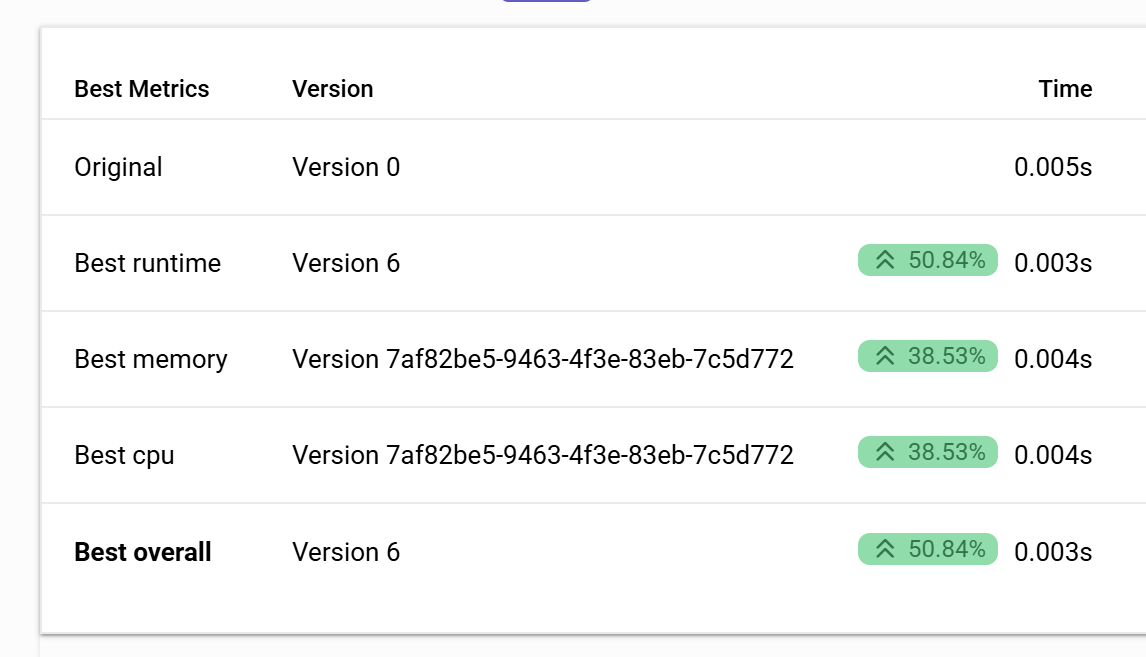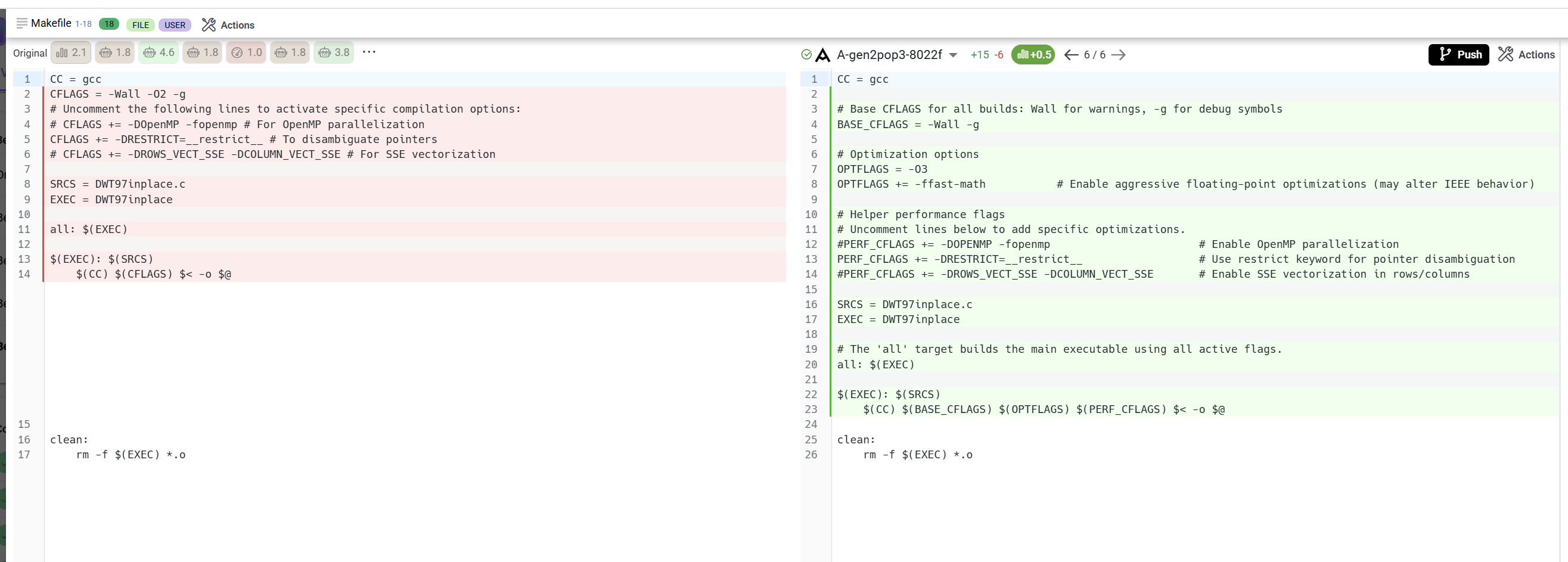Makefile Optimization
Project Overview
Project Name: Wavelet Transform
Language: C/C++ (Makefile Build System)
Repository: github.com/Dianababaei/wavelet-transform
Description: The Wavelet Transform project leverages a Makefile-based build system to compile C/C++ source files for performing signal processing operations such as wavelet decomposition and reconstruction. This optimization effort focuses on improving the Makefile itself — reducing build time, enhancing dependency management, and improving maintainability for long-term scalability.
What Does a Makefile Do?
A Makefile is used by the make build automation tool to define how a project is compiled and linked.
It specifies:
-
Dependencies between source and output files
-
Build rules describing how to generate targets efficiently
A well-structured Makefile minimizes redundant compilations and accelerates rebuild times — key goals of this optimization.
Optimization Results
After 10 evaluation cycles, the optimized Makefile achieved noticeable improvements in build efficiency and structure:

Modified Files
The optimization primarily focused on refactoring and improving the Makefile:

Artemis Optimization Workflow

The Makefile optimization followed the Artemis Intelligence workflow, consisting of five systematic phases:
1. Import your codebase
The original Makefile from the Wavelet Transform repository was uploaded to Artemis.
Learn more: Code Targeting
2. Code Targeting
Since the optimization target was the Makefile itself, the file was extracted using Artemis’s file-by-file inspection mode.
Learn more: Code Targeting
3. Version Generation
A custom prompt was provided to the Artemis agent to generate optimized versions of the Makefile.
Prompt:
“Analyze and optimize this Makefile. Focus on reducing build time, improving dependency tracking, eliminating redundant compilation, and increasing maintainability. Suggest specific refactorings using variables, pattern rules, phony targets, and proper build structure.”
Learn more: Version Generation
4. Evaluate new versions
Each generated version was validated using a custom runner and see real value of performance metrics to ensure correctness and measurable improvement.
Learn more: Code Validation
5. Code Optimization
A final optimization step compared all generated variants to determine the best-performing combination in terms of speed.
Learn more: Code Optimisation
Conclusion
Through the Artemis intelligent optimization workflow, the Makefile of the Wavelet Transform project was successfully refined for both performance and maintainability. This case demonstrates how even foundational components like build systems can benefit from AI-driven refactoring, enabling faster development cycles and more efficient engineering workflows.